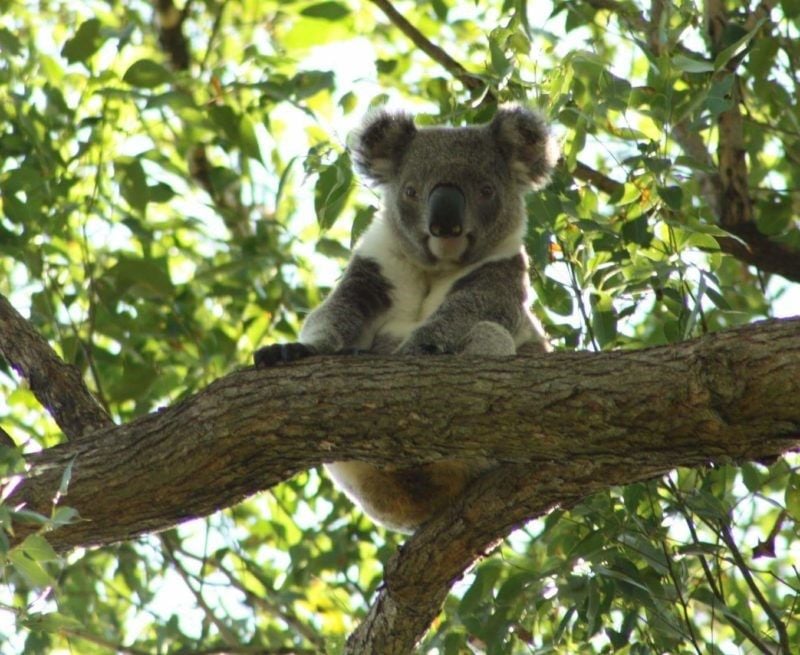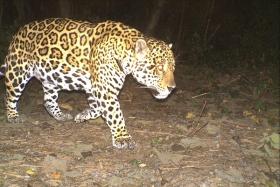China building ecological wildlife corridors for pandas
Posted on
|
Looking through the info I have on Good Being Done, I was delighted to see that forestry authorities in Shaanxi Province have launched an ecological corridor programme. The province is situated in the north west of China, and the idea behind the programme is to connect habitats of giant pandas which have become fragmented. This means that the pandas will be able to move between the habitats. By way of bridge construction and road culvert clearance, six such corridors will be built by 2027 in the Qinling mountains areas. The pandas will then be able to move around more easily. That’s not all – bamboo trees will be planted along the corridors, and vegetation will be restored. This means that the pandas will have more to eat. The thing is that this defragmentation of panda habitat was all down to human activities again. Human doings such as road traffic and hydropower station construction caused it. And that meant the pandas couldn’t connect and breed – they find breeding hard enough as it is – so it didn’t help the panda population. Nationwide research showed that there were about 345 wild pandas living in the Qinling areas, so may there be many more in the future! Source: |

